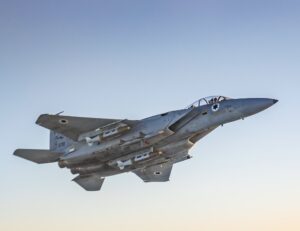
Heroic pilot parents: How this couple took down Iran’s nukes while their children slept
‘We’re doing this so that our children, and all of Israel’s children, can have a safer future.’

‘We’re doing this so that our children, and all of Israel’s children, can have a safer future.’

Operation Rising Lion destroyed Iran’s near-complete nuclear program, decimated its senior leadership, eliminated the ballistic missile threat, and halted further production of missiles, ensuring Israel’s current and future survival.

Earlier on Sunday, Israeli Air Force fighter jets crossed into Iranian territory to strike missile storage facilities located approximately 2,200 kilometers (1,360 miles) away in the Yazd region.
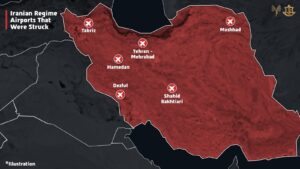
At least 15 Iranian fighter jets and helicopters were destroyed during the strikes, the IDF said, with attacks in western, eastern, and central Iran.

The strikes came hours after U.S. bombers joined the attack, hitting nuclear facilities at Fordow, Isfahan and Natanz.

Shadmani had assumed his role just four days prior, replacing Maj. Gen. Gholam Ali Rashid, who was killed in the opening salvo of Operation Rising Lion on June 13.
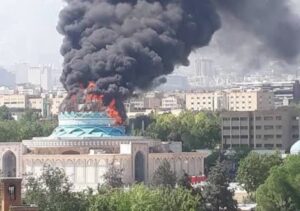
More than 1,100 Iranian assets have been targeted in hundreds of sorties since Israel’s lightning strikes began early Friday.
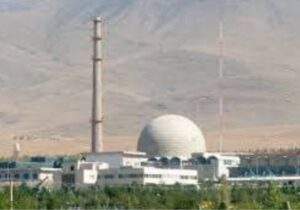
Beyond nuclear infrastructure, the airstrikes targeted an array of Iranian military manufacturing capabilities.

The sweeping campaign has crippled nearly half of Iran’s missile launchers, neutralized elite forces, and now promises even deadlier blows to the regime’s nuclear and military infrastructure.
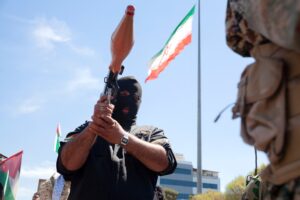
The IDF reports that during the first hour of the strike, the three highest-ranking military officials in the Iranian regime were confirmed killed.
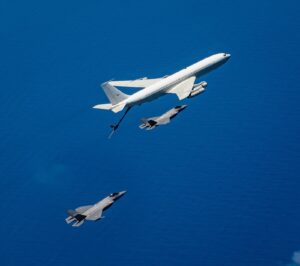
Since the launch of Operation Rising Lion, Israeli refueling aircraft have conducted over 600 in-air fuelings, enabling sustained fighter jet operations across Iranian airspace and ensuring continuous pressure on key military targets.
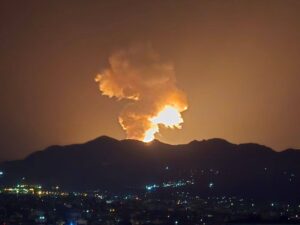
Local Iranian media reported that the IAF also targeted Imam Hossein University in eastern Tehran, an educational institution affiliated with the IRGC.

Alongside attacks on missile systems, the IAF continues to strike terror targets across Tehran, including regime offices and assets used by the Islamic Revolutionary Guard Corps.

Before his predecessor’s assassination, Shadmani served as deputy commander of the Khatam al-Anbiya Emergency Command and as head of the Operations Division of the Iranian General Staff.
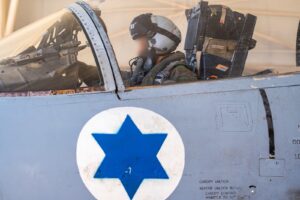
Adding to the pressure was the classified nature of the mission, meaning that N. could not tell his wife or other family members about the danger he was facing.
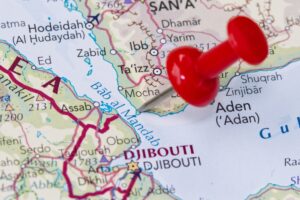
Ultimately, enhancing Israel’s offensive posture against the Houthis may require a diversified approach beyond long-range air strikes.
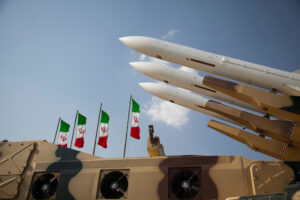
Any Israeli strike would require a week-long campaign targeting multiple sites: the Natanz enrichment complex, the deeply buried Fordow facility, Isfahan’s uranium conversion plant, and suspected weaponization sites.

The memorial day also remembers those killed in terrorist attacks, both in Israel and the Diaspora By David Brummer Israel and Israelis will come to
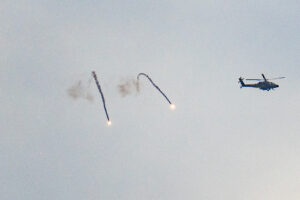
Since the start of the war on Oct. 7, 2023, Iran-backed Houthi rebels have launched around 40 surface-to-surface missiles and 320 UAVs toward Israel, according to the IDF.
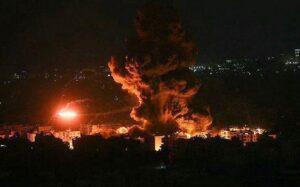
The IDF confirmed it conducted targeted strikes on a rocket launch site, unspecified Hezbollah assets, and key smuggling routes along the Lebanon-Syria border, which the terror group uses to transport weapons.